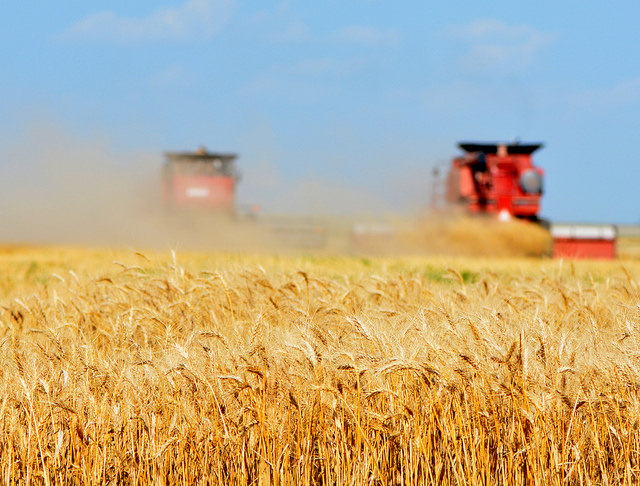This marks our second post in our Special Use Valuation in Texas blog series. If you missed the initial post, click here.
Today, we will kick things off by looking at Agricultural Use Valuation (“AUV”). This method was passed into law in 1966 and is governed by Article VIII, Section (d)(1) of the Texas Constitution and Sections 23.41-47 of the Texas Tax Code. This is the oldest valuation method available for agricultural land, and perhaps that with the most stringent requirements. An annual application must be filed with the County Appraisal District in order to maintain the AUV.
Requirements
In order to qualify for AUV, the following criteria must be satisfied:
(1) The property must be put to “agricultural use.” Agricultural use is broadly defined by the Constitution and corresponding statutes. The Constitutional definition includes the raising of livestock or growing of crops, fruit, flowers, and other products of the soil. Further, the statute provides that this does not include the processing of plant or animal products after harvesting or the production of timber products. Finally, although agricultural use does not have to be the sole use of the land, it is required to be the primary use.
(2) The property must be owned by a natural person. This requirement prohibits farms owned by LLC’s, trusts, or corporations from qualifying for AUV.
(3) The owner must own more than half of his or her annual income from agriculture.
(4) For at least 3 successive years prior to the application, the land must be devoted exclusively to agricultural use or continually developed for agricultural use.
Because of the stringent requirements, in particular, the limitation on corporate ownership and the income requirement, the vast majority of Texas landowners have moved away from AUV and utilize Open Space Valuation instead.
Land Value Calculation
For landowners who meet these requirements, the Texas Tax Code provides that, for tax purposes, the land value should be based upon the average net income the land would have yielded under prudent management from the production of agricultural products during the past 5 years. This value is frequently significantly less than the value of the land would be if the general valuation approach–utilizing the market value of the land–were used.
Stay tuned for our next post in this series, which will cover Open Space Valuation.












